READY TO GET STARTED?
REQUEST A FREE ESTIMATE
Fill out the form below or call (888) 466-7849 for a free, no-obligation estimate.
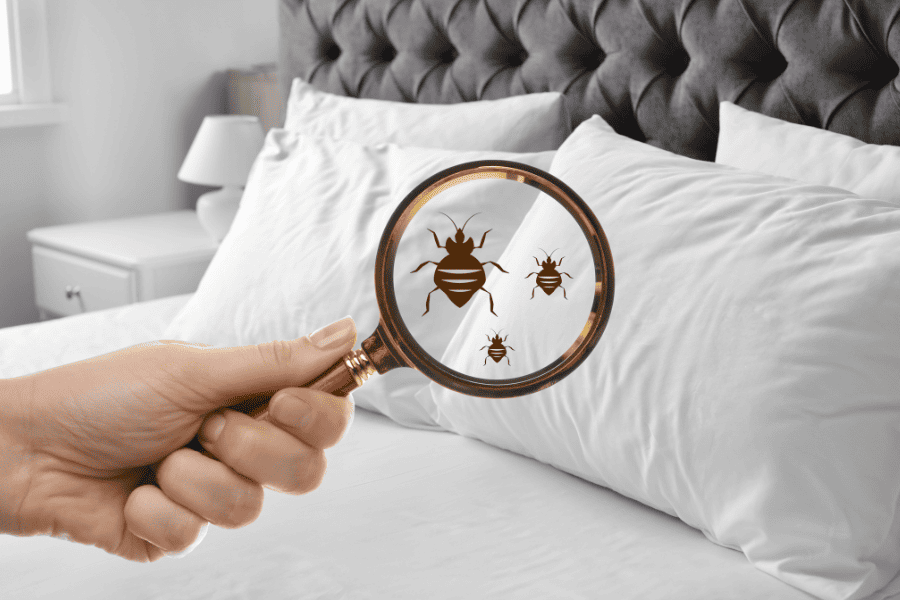
Understanding what bed bugs are and how they can find their way into your home is the first step in preventing their unwelcome presence. Let’s go over how to properly identify bed bugs and the many ways they can make their way into your home.
Bed bugs are small, parasitic insects that primarily feed on the blood of humans and animals. The reddish-brown, oval-shaped creatures are about the size and apple seed when fully grown. Bed bugs are expert hiders, which makes identifying bed bugs challenging until an infestation is underway.
Preventing a bed bug infestation begins with awareness. Here are some steps you can take:
Understanding how to identify bed bugs and how they can enter your home is the first step to keeping these pests away. If you suspect you have bed bugs, reach out to your local pest control company for an inspection and plan of action!
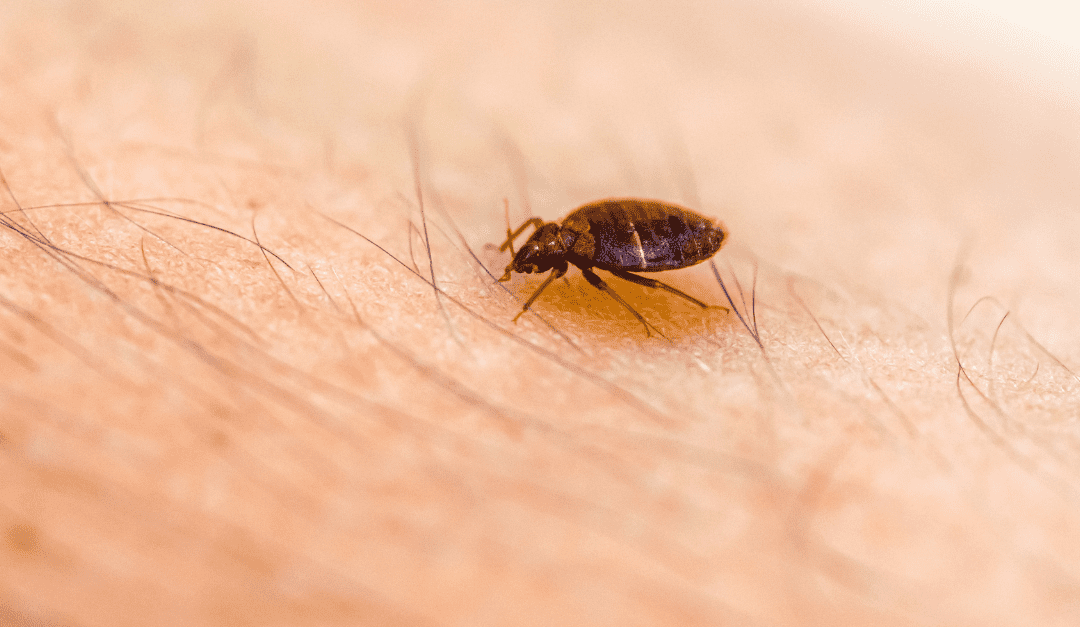
Bed bugs are tiny insects that are notorious for infesting bedding, mattresses, and furniture. They are often found in hotels and other accommodation facilities, making travel a common way to pick them up. Bed bug infestations are not only annoying but can also lead to health problems. Therefore, it’s important to take steps to prevent bed bugs while traveling. Let’s discuss some tips on how to prevent bed bugs while traveling.
Before booking your accommodation, it’s important to research it thoroughly. Check online reviews and ratings to see if any guests have reported bed bug problems. If you find several negative reviews, it’s best to look for alternative accommodation.
Once you arrive at your accommodation, inspect your room for bed bugs. Start by checking the mattress, bed frame, headboard, and box spring. Look for black spots or bloodstains, which are signs of bed bug activity. You may also spot actual bugs or their shed skins. Additionally, check the furniture, curtains, and carpet for any signs of bed bugs.
These pests can easily climb onto your luggage if it’s placed on the floor, so it’s best to keep it off the ground. Use a luggage rack or place your luggage on a hard surface such as a table. Avoid placing your luggage on upholstered furniture or the bed.
Using protective covers for your mattress and box spring can help prevent these household pests from infesting them. These covers create a barrier that prevents them from entering or escaping from the mattress and box spring.
If you suspect that your clothes may have come into contact with bed bugs, wash them in hot water as soon as possible. These pests cannot survive in temperatures above 120°F, so washing your clothes in hot water and drying them on high heat can kill any bed bugs that may be present.
When using shared spaces such as the hotel gym or laundromat, be cautious. Bed bugs can easily hitch a ride on your clothes or bag, so it’s best to keep your belongings in a sealed bag and avoid placing them on the floor. After using shared spaces, inspect your belongings carefully and wash them in hot water.
Bed bugs are a common problem when traveling, but by taking the necessary precautions, you can prevent them from infesting your luggage and coming home with you. If you suspect you have a bed bug infestation, reach out to your local pest control company to create the best plan of action.
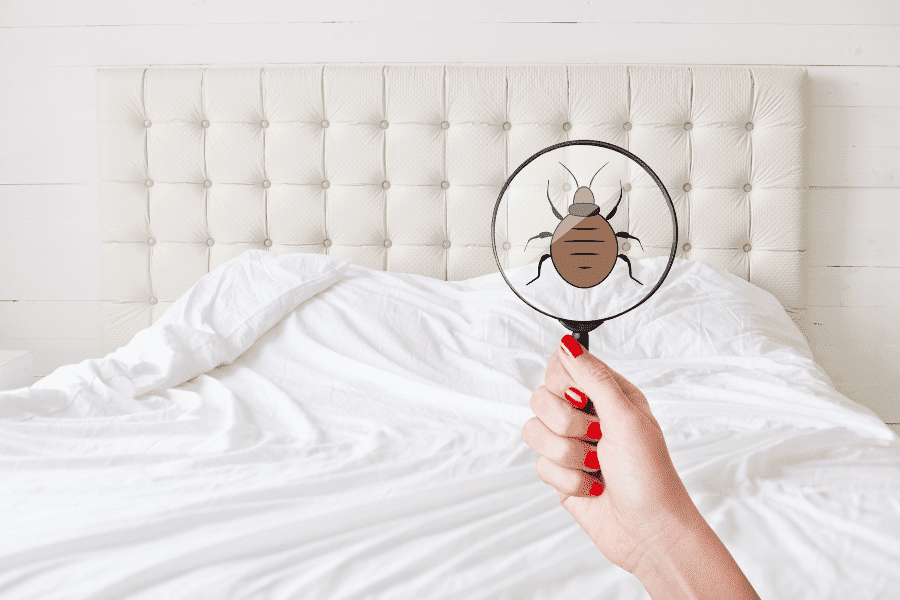
Bed bugs are one of the few pests that you hope you never find in your home. These fearsome insects bring itchy bites, crawling hordes, and ruined furniture. Bed bugs are one of the most difficult pests to get rid of. Identifying them and acting quickly is the first step in your plan of action. Here’s what to do if you find yourself in a bed bug situation.
After proper identification, determining where the bed bugs came from is the next step. If you live in an apartment building, be sure to notify your landlord immediately, as they might hold the responsibility of providing bed bug control treatments. If you live in a single-family home, then begin by inspecting all areas of your home to understand the full extent of the bed bug infestation.
Once you discover the extent of the infestation, now is the time to keep it from spreading. Here are some helpful bed bug prevention tips:
Tackling bed bugs is a difficult task, especially alone. If you’ve done the above, but are still experiencing an infestation, then reach out to your local pest control company. They will have licensed professionals who can determine the best plan of action to rid your home of bed bugs.
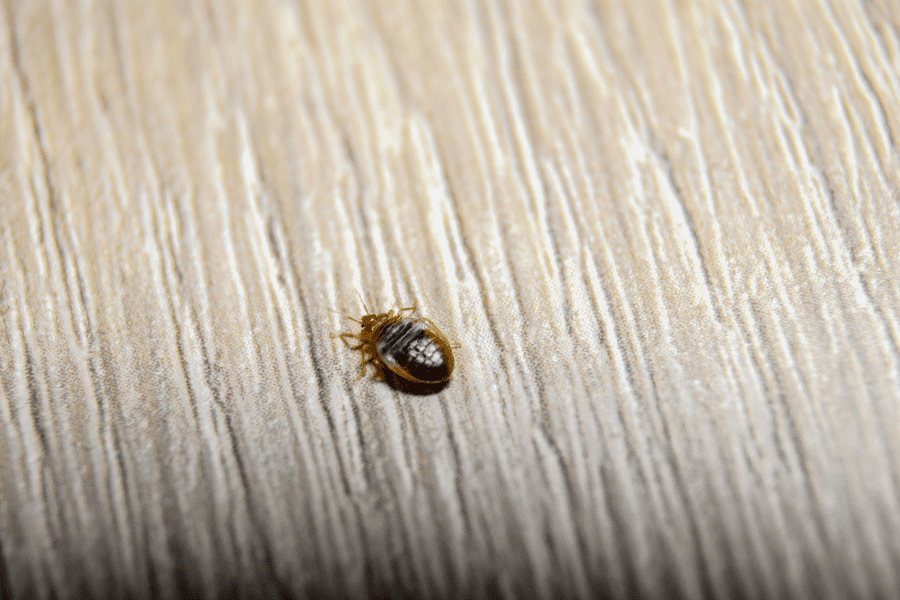
Bed bugs are small, apple seed-sized insects. They are flat and oval with horizontal ridges across their bodies. They don’t have wings but can move extremely fast. They can leave mosquito-like bites all over your body and can be an itchy problem.
Coming home from a vacation or even a day out shouldn’t result in a bed bug infestation. If you discover you brought home these common pests, it’s crunch time to keep them from spreading to other areas of your home.
The first thing you should do is identify the pest and verify it is a bed bug. If you believe it is a bed bug, then giving your local bed bug control company a call is the best option. Here are some other things you can do in the meantime:
Give your local pest control company a call today. Their highly trained pest professionals will be able to rid your home of bed bugs and give you back your peace of mind.
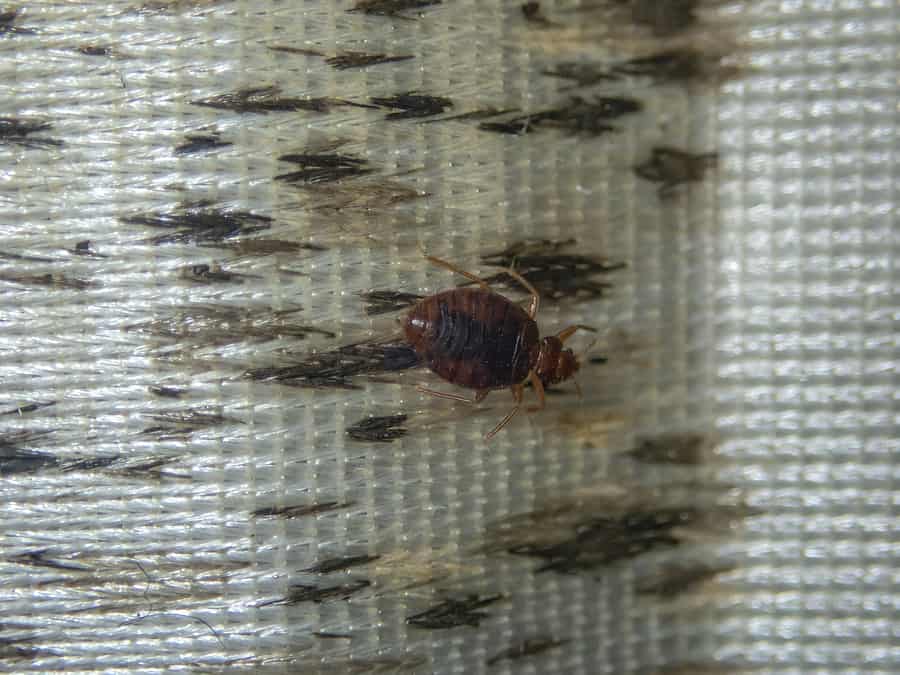
Having a bed bug infestation can be devasting and removing them can be a long and tedious process. To avoid these pests altogether, it’s important for every homeowner to identify early signs of bed bugs in their Alabama home. Check out these common bed bug signs and how you can avoid them.
One of the easier signs to identify an infestation is seeing bed bug bites on your skin. Bed bugs need a blood meal to survive and will often look to us and our pets for it. If bitten, bed bugs will leave a red, itchy welt on your skin. However, it can be easy to confuse bed bug bites with other insect bites. A common indicator that you have been bitten is the series of three or four welts in a row, where you can usually find them on any skin that was exposed during sleep.
After a bed bug has its blood meal, its flat body quickly changes into a round, bloated form. If these bed bugs found themselves in your mattress, you could easily crush or squeeze them when you’re sleeping. While this might not eliminate them, it can cause the blood they just fed on to leak and create a red or rust-colored stain on your sheets. Check your sheets, clothes, and pillows for these spots.
If you start smelling an unusual, musty odor in your bedroom, this could be an indication that bed bugs have infested. When they are threatened or bothered, bed bugs will emit an ‘alarm’ pheromone as a response. This pheromone can produce an odor that smells sweet or musty, like cilantro, almonds, or coriander. While this smell can be faint if a single bed bug emits the odor, it can be very noticeable if many bed bugs are present.
One of the most solid confirmations that a bed bug infestation has occurred is seeing a live adult bed bug or its casing in your home. Abandoned shell casings are a reliable, early sign of a growing infestation. These shell casings are translucent, hollow outlines of the young bed bug. You can often find these casings in mattress seams, upholstered furniture, holes, cracks, and crevices. Live bed bugs are small and brown and typically look like the shape of an apple seed. If you see a live one, it is the best confirmation you need to call your Alabama bed bug control company for help.
Bed bugs are notorious for hitchhiking their way inside homes, making it difficult to prevent them from entering; although by placing and taking a few precautions, you can avoid them. Consider these tips on preventing bed bugs from entering your home: